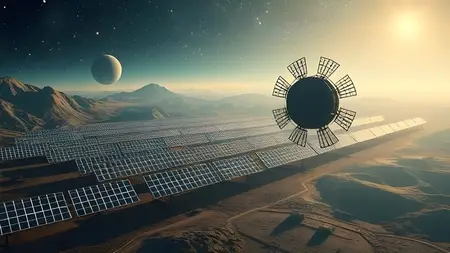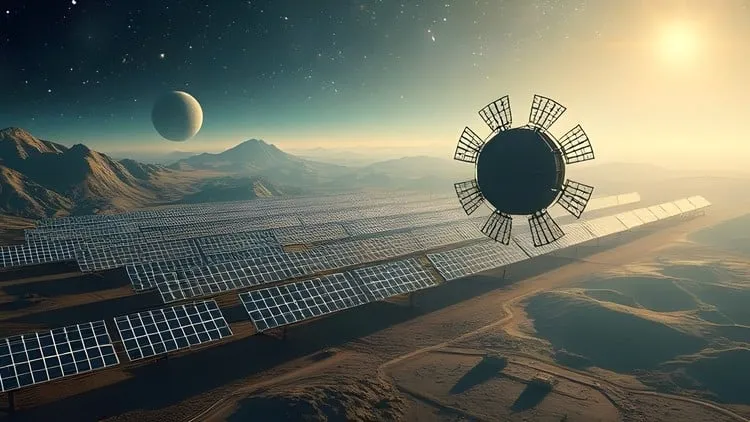Solar Farms Detection using Sentinel-2 and GEE
Last updated 7/2025
Duration: 45m | .MP4 1280x720 30 fps(r) | AAC, 44100 Hz, 2ch | 286.91 MB
Genre: eLearning | Language: English
Last updated 7/2025
Duration: 45m | .MP4 1280x720 30 fps(r) | AAC, 44100 Hz, 2ch | 286.91 MB
Genre: eLearning | Language: English
Remote Sensing of Solar Farms Detection using Sentinel-2 in GEE
What you'll learn
- Learn Sentinel-2 basics: bands, resolution, and spectral traits for identifying solar farms.
- Visualize and filter satellite data in Google Earth Engine for clean, usable imagery.
- Detect solar panels using SWIR thresholds and create accurate binary classification masks.
- Export solar detection results as GeoTIFFs for use in QGIS, ArcGIS, or other GIS tools.
Requirements
- No prior experience with Google Earth Engine is required — the course will guide you step-by-step.
Description
This course provides a practical, project-based introduction to detecting solar farms using Sentinel-2 satellite imagery and the Google Earth Engine (GEE) platform. Designed for remote sensing enthusiasts, GIS analysts, environmental scientists, and students, this course walks you through the complete workflow of identifying solar panels from space using spectral analysis.
You’ll begin by understanding the unique characteristics of Sentinel-2 imagery, including its spectral bands, spatial resolutions, and how shortwave infrared (SWIR) reflectance can distinguish solar panels from other land cover types. You’ll then move into the GEE coding environment to load, filter, and preprocess satellite images, with a focus on cloud-free, dry-season composites for optimal detection.
Next, you will apply thresholding techniques to normalized SWIR data to extract solar panel regions accurately. You’ll also learn how to mask and visualize your results, export your solar panel classification as a GeoTIFF, and prepare your outputs for use in other GIS software like QGIS or ArcGIS.
Whether you're new to GEE or looking to enhance your environmental monitoring skills, this course provides hands-on skills you can apply immediately. No prior programming experience is required—just basic knowledge of remote sensing and a willingness to explore satellite analytics.
By the end of the course, you'll be confident in using open-access satellite data and cloud-based processing tools to detect solar farms and contribute to sustainable energy monitoring projects worldwide.
Who this course is for:
- Students, researchers and professionals in agriculture, environmental science, geography, or remote sensing looking to apply satellite data in real-world scenarios.
More Info



